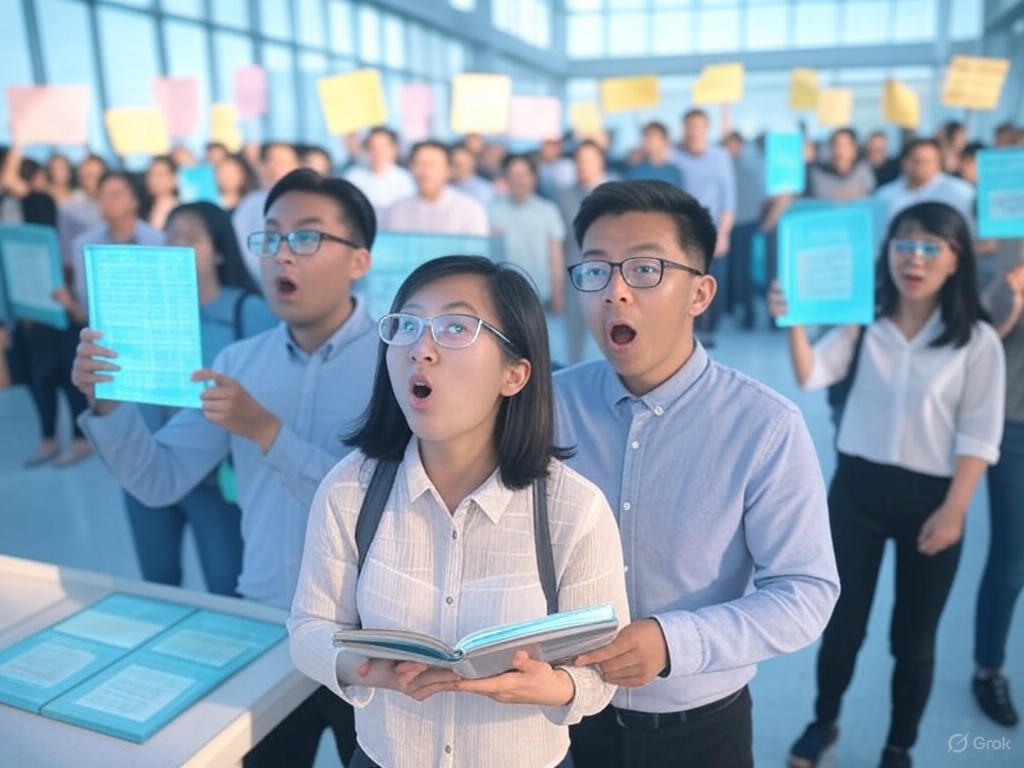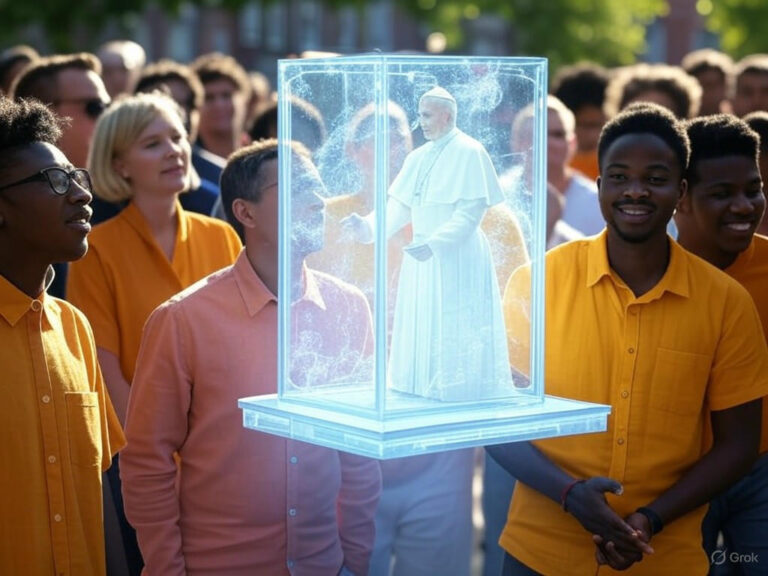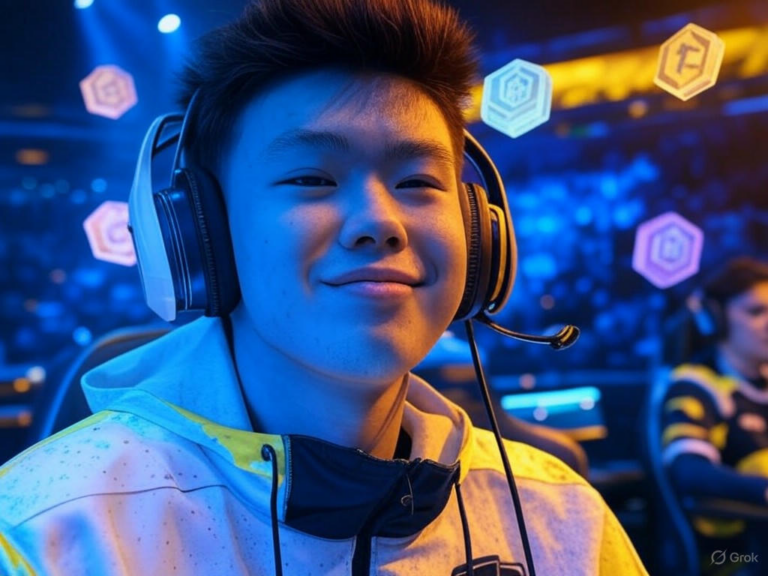
Pro-Palestinian Protests Escalate at Columbia University Library
The Surge in Columbia University Protests at Butler Library
Imagine trying to focus on final exams in a space meant for quiet study, only to have it suddenly turn into a flashpoint of global tensions. That’s exactly what happened at Columbia University’s Butler Library on May 7, 2025, when pro-Palestinian protesters stormed in, turning a routine afternoon into chaos. Columbia University protests have once again grabbed headlines, with at least 75 arrests made after the group disrupted students preparing for exams, prompting university officials to call in the New York Police Department.
Reports from Fox 5 New York paint a vivid picture: the protesters entered the Lawrence A. Wien Reading Room, creating a tense standoff that officials described as escalating quickly. Columbia’s acting president explained she had no alternative but to seek NYPD help, especially since many involved weren’t even students. It’s a stark reminder of how Columbia University protests can ripple through the community, affecting everyone from first-year undergrads to faculty members.
Have you ever wondered how a single event can amplify larger issues? In this case, the demonstration started as an “Emergency Rally” but snowballed into something more confrontational. Students on site shared stories of feeling unsafe, with one telling reporters they were “terrified” amid the takeover. As Columbia University protests continue to evolve, they underscore the delicate balance between advocacy and daily campus life.
Breaking Down the Timeline of Columbia University Protests
Around 100 protesters entered Butler Library that Wednesday afternoon, transforming a hub of academic focus into a stage for activism. If you’re familiar with university life, you know how crucial these spaces are—especially during finals when every minute counts. The chaos unfolded as protesters occupied key areas, leading to immediate disruptions for students buried in their notes.
As things heated up, those trying to leave the reading room faced demands for identification from Columbia’s Public Safety team, which only added fuel to the fire. This moment marked a turning point, escalating what might have been a peaceful gathering into a full-blown incident. Ultimately, the university’s decision to involve the NYPD resulted in arrests and even injuries to two public safety officers. Columbia University protests like this one often highlight how quickly situations can spiral, raising questions about preparation and response.
Think about it: what if your own study spot became a protest zone? For the students there, it wasn’t just an inconvenience—it was a jarring interruption to their academic rhythm. This event fits into a pattern of Columbia University protests that have marked the institution’s recent history, showing how activism intersects with everyday routines.
Why These Disruptions Matter in Campus Unrest
Beyond the immediate drama, Columbia University protests reveal deeper layers of unrest. Protesters were advocating for solidarity with Palestine amid ongoing global conflicts, but the timing—right in the middle of exam season—amplified the fallout. It’s a scenario that forces us to consider the human side: students scrambling to adapt, professors adjusting plans, and the university grappling with security.
If you’re passionate about social issues, you might see this as a call to action, but it’s also a reminder to weigh the impact on others. Documents from sources like The Columbia Spectator detail how such events unfold, emphasizing the need for thoughtful engagement. As covered in this report, the identification checks were a flashpoint that could inform future protocols.
Disruptions and Their Toll on the Academic World
The fallout from Columbia University protests extends far beyond that day, hitting hard at the heart of student life. Butler Library, with its vast collections and serene study nooks, is more than just a building—it’s a lifeline during crunch time. Yet, on May 7, it became a battleground, leaving students shaken and their preparations in disarray.
Social media clips captured the moment: people yelling, security rushing in, and students frozen in confusion. One interviewee described the fear of not knowing what would happen next, a sentiment that echoes in many Columbia University protests. This isn’t just about one event; it’s about how these disruptions ripple through the entire academic community, potentially affecting grades, mental health, and future opportunities.
Examining Butler Library as a Study Haven Amid Unrest
Libraries like Butler are designed for focus and inspiration, with top floors offering quiet corners and panoramic views that make studying almost enjoyable. But when Columbia University protests invade these spaces, it upends everything. During exam periods, these areas are packed with students pulling all-nighters, relying on the peace to absorb complex material.
Here’s a tip for anyone facing similar situations: if protests erupt on your campus, have a backup plan like online resources or alternative study spots. It’s practical advice drawn from real experiences, helping you stay resilient. As research from educational bulletins shows, strong study environments are key to success, yet Columbia University protests remind us how fragile that can be.
Patterns from Past Columbia University Protests
Columbia has a rich history of activism, but the May 2025 events echo the spring 2024 demonstrations tied to Middle East conflicts. If you’ve followed news cycles, you know this isn’t new—protests here have long served as a barometer for global issues. “Here we go again,” as one reporter noted, capturing the sense of déjà vu in Columbia University protests.
Historical Roots of Campus Unrest and Activism
Going back decades, Columbia has been a stage for civil rights movements and international debates, making it a natural hotspot for expression. But when protests target academic spaces, it blurs the line between advocacy and interference. A quick look at historical analyses, like those in academic journals, shows how such events shape institutional policies and student experiences.
For instance, imagine a student in the 1960s navigating protests while trying to graduate—that’s not so different from today. Columbia University protests continue this legacy, pushing universities to evolve their approaches. It’s a cycle that offers lessons: how can we support free speech without derailing education?
How Authorities Responded to the Escalation
University leaders at Columbia pointed out that many protesters weren’t affiliated with the school, sparking debates about access and security. In response, they turned to the NYPD, a move that some see as necessary and others as excessive. Columbia University protests often test these boundaries, forcing officials to weigh safety against openness.
Evaluating Security in Times of Campus Protests
Moving forward, this incident might lead to tighter protocols, like those at other universities with dedicated security forces. It’s a balancing act: keeping campuses welcoming while preventing disruptions. From what I’ve read in policy discussions, institutions are learning from events like this to protect their communities.
What do you think—should universities have more robust measures in place? Sharing your views could spark important conversations about Columbia University protests and beyond.
Diverse Views from the Community on These Protests
Reactions to the Butler Library events have been mixed, with some praising the protesters’ courage and others decrying the timing. On campus, tensions boiled over into clashes, revealing divides over both the cause and the methods. Columbia University protests, in this light, aren’t just about one issue; they’re about how we communicate and coexist.
How Media Shapes Perceptions of Unrest
News outlets play a big role in how we view these events, often framing them in ways that influence public opinion. For example, a video from Fox 5 highlighted the intensity, but checking multiple sources gives a fuller picture. In an era of polarized views, approaching Columbia University protests with nuance is more important than ever.
Wider Lessons from Columbia’s Campus Unrest
This incident isn’t isolated—it’s a wake-up call for universities nationwide on handling activism while prioritizing learning. Columbia University protests raise key questions: How do we foster free expression without compromising safety or academics? It’s a challenge that could reshape policies across the board.
Looking Ahead at the Evolution of Protests
As global tensions persist, expect more demonstrations on campuses. A proactive step? Universities might implement training for students on peaceful advocacy, turning potential conflicts into opportunities for growth. From historical studies, we know that Columbia University protests can drive positive change if managed well.
Wrapping Up the Discussion
In the end, the May 7 events at Butler Library mark another intense chapter in the story of Columbia University protests, with 75 arrests and injured officers underscoring the stakes. While the demonstrations highlight vital global concerns, they also spotlight the need to protect educational spaces during critical times like exams.
As students and faculty reflect on this, one thing’s clear: finding ways to balance activism with academic life is essential. What’s your take on all this—have you experienced something similar? I’d love to hear your thoughts in the comments below, or share this article with others who might find it insightful. If you’re interested in more on campus dynamics, check out our related posts on university policies.
References
1. “Protesters Attempt to Leave Reading Room Protest as Public Safety Demands Identification,” The Columbia Spectator, https://www.columbiaspectator.com/news/2025/05/07/…
2. Fox 5 New York coverage, including video reports, https://www.youtube.com/watch?v=lsyU62iQDLA
3. CUNY Queens College Undergraduate Bulletin, https://www.qc.cuny.edu/admissions/wp-content/uploads/sites/30/2022/04/…
4. Peitho Journal analysis on media representation, https://wac.colostate.edu/docs/peitho/v27n1/v27n1.pdf
5. American Academy of Arts and Sciences report on humanities and civic life, https://www.amacad.org/sites/default/files/daedalus/downloads/Daedalus_Su22_Humanities-in-American-Life_color.pdf







